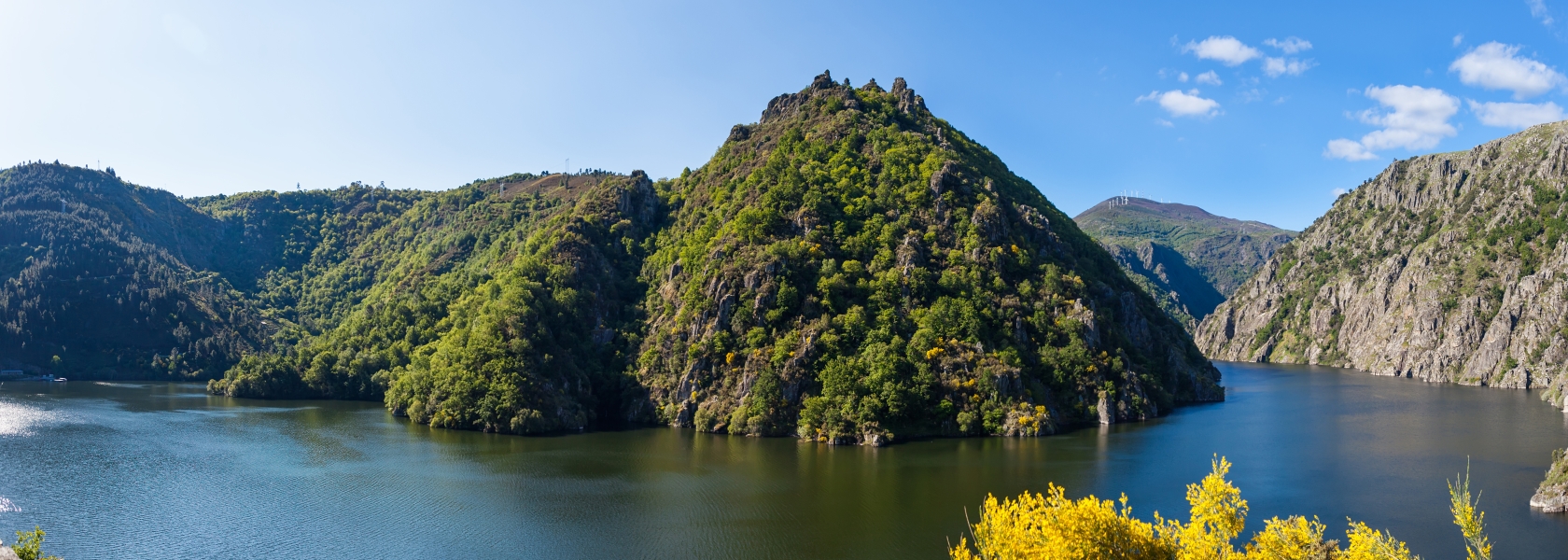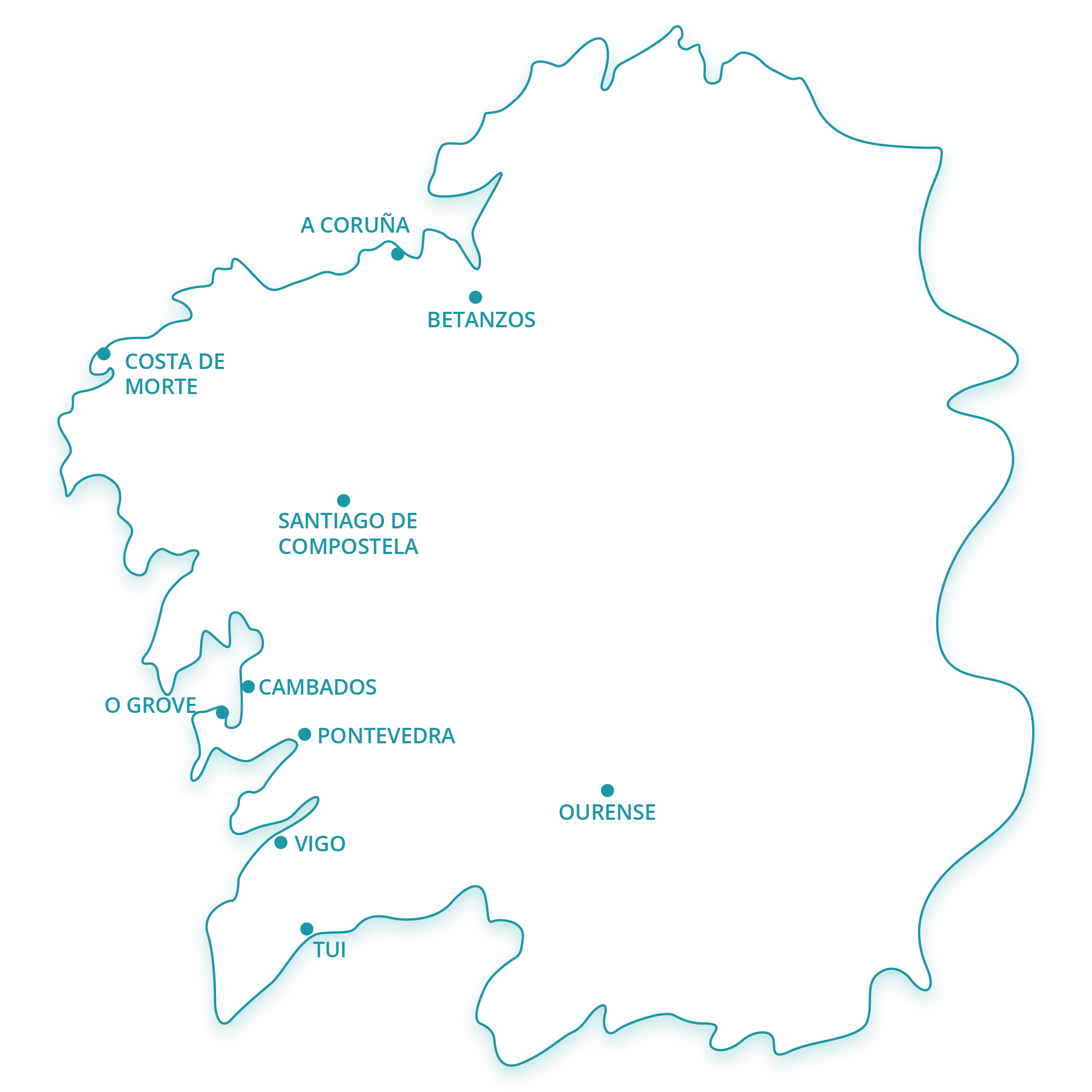Travel GuideGalicia
Galicia
The capital of the province of Galicia is Santiago de Compostela, whose Old Town is a UNESCO World Heritage site and which is famed for its spiritual dimension, which draws thousands of pilgrims to the city every year. However without wanting to detract in any way from this lovely city and its colossal cathedral, Galicia has much more to offer. It is known as the “land of a thousand rivers”, due to the watercourses that run down from the mountains – ranges that mark the region off from its neighbours Portugal, Asturias and León – into its characteristic rias (downed non-glacial river valleys). And with its some 1,200 km of coastline, Galicia has a wealth of contrasts and a vivid natural beauty. Its relative geographic isolation has meant the region preserving its own language (Galician) and culture, which have an affinity with those of Portugal. Nevertheless, many locals also speak Spanish (Castilian). The abundance of rivers enables Galicia to supply hydroelectric power to the rest of Spain. This is also a region with fairly high precipitation, because of its altitude and proximity to the sea. Rias, beaches, headlands, ports and islands make up the coastal landscape, with some dramatic stretches such as the Costa da Morte (Coast of Death) and the famous Cabo Fisterra (also known as Cape Finisterre), while the interior features green hills and valleys, scattered with isolated stone villages and ancient churches. It is a predominantly agricultural region dotted sparingly with towns, as well as having a few very active ports in coastal cities such as A Coruña (La Coruña in Spanish) and Vigo. It is in these cities, too, that Galicia really comes to life, with urban centres packed with restaurants, bars, shops and many other attractions. The fresh fish and shellfish, and dishes such as caldeirada galega, a well-seasoned fish stew, are among the culinary specialities that are not to be missed.


